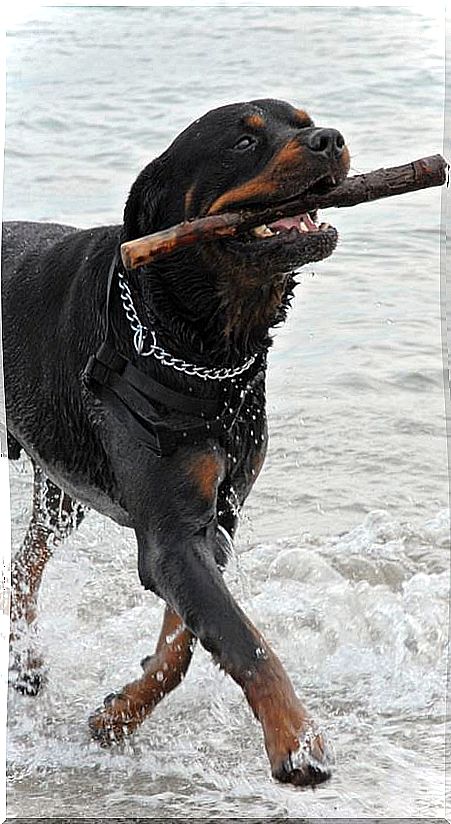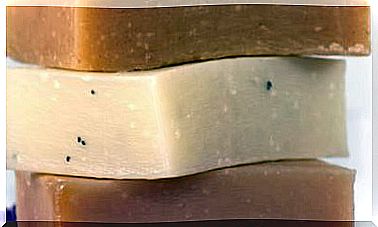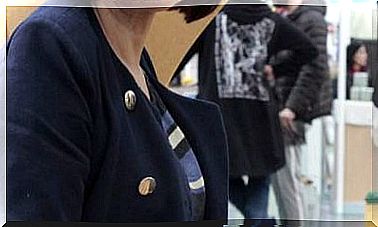Dangerous Dogs? A Cruel And Ineffective Law
The PPP Law determines and regulates coexistence with some dog breeds that have earned the (unfair) reputation of being aggressive or dangerous.

As if being a dog in Europe’s most neglected country wasn’t enough, it could still make things worse. Yes, you can be a dog in Spain and also belong to a breed considered “potentially dangerous.”
Law 50/99 of December 23 on the possession of potentially dangerous animals, which was developed by Royal Decree 287/2002 of March 22, classifies as potentially dangerous 8 breeds of dogs and their crosses, also including a list of characteristics such as : short hair, weight over 20kg, marked character and great value, robust appearance, agility …
Under these subjective criteria, a situation of legal insecurity is generated for any family, which cannot know if at some point the dog with which it lives will be categorized as dangerous.
But in addition to this national law, the autonomous communities have competence to legislate on animals, so we must take into account the regulations of each community that in all cases increases the number of breeds considered dangerous, 14 in the Valencian Community and up to 16 in Galicia.
We are thus faced with an authentic legislative chaos that has been generated without counting on the advice of veterinarians, ethologists or legal specialists in the field.
What does the PPP Law mean for these animals and their families?
In the first place, the requirement to have a license (for which the person must present a certificate of their physical and psychological aptitudes) and that, as explained by Amparo Requena, President of the Animal Law Section of the Valencia Bar Association :
“We cannot stop raising the problems that arise when the owner of a potentially dangerous dog, who is the only person who has a license, and therefore the only person who can take care of the animal, is for example hospitalized … no one else can not even take the animal for a walk. Or if the person dies … and as almost always, the animal ends up in the municipal collection services, where, if it is lucky enough to be managed by a protector, it will wait (with little hope due to the bad reputation and legal requirements) that it adopt and if not, in a kennel where it will be euthanized without any option. “
Even the protectors are faced with the situation of not being able to take the animals belonging to these breeds for a walk or socialize because on many occasions they do not have professionals or volunteers with the relevant license.
Another of the obligations that the possession of these animals implies is a third party Civil Liability insurance that covers a minimum of 120,000 euros and, in addition, it imposes that dogs belonging to these breeds and their crosses must always walk tied and with a muzzle.
That is, by the mere fact of belonging to a breed, we are putting the health of animals at risk in many cases, obviating that dogs have their cooling system in their mouths and an object such as a muzzle seriously hinders it, knowing cases in which in times of high temperatures many animals have fainted and others have lost their lives for this reason.
But this law also condemns dogs not to be dogs. A power never play, jump, run or socialize freely. In short, it prohibits these animals from meeting their needs according to their ethology of race and species, as stated in the animal protection laws.
A dog needs to interact with other animals and with the society in which it lives naturally, in addition to enjoying sufficiently varied stimuli to precisely be able to have a normal behavior adapted to its environment. Therefore, this enormous limitation is not only a contradiction with respect to the laws that protect the right of these animals to develop according to the needs of their species, but also contributes to generating behavioral problems in them.
As stated by the psychologist specializing in animal behavior, Nacho Sierra:
“ The race does not determine the character of an animal or person and therefore cannot determine the dangerousness. Within the same breed, each specimen has a different genotype, temperament and, of course, a different character ”.
According to experts, the attacks of these animals are exceptional, this law was a hasty response to calm the social alarm generated during a specific period in which certain attacks occurred and that it is a failure lies in the fact that the focus was placed on the race and not in the educational responsibility of the families on these animals.
It is clear that a large dog’s bite is more damaging than a small one, but it is not its size or breed that determines the likelihood of aggression. For this reason, we are faced with a clearly unfair law that has nothing to do with the management of the situation in neighboring countries.
We find that, for example, the Netherlands, the United Kingdom or Italy, have repealed the laws they had when they were proven ineffective and are being replaced by regulations that persecute irresponsible “owners” regardless of the breed or size of the animal they are in charge of.
Numerous associations, groups and protectors have been denouncing for years the urgency of modifying these regulations because they are proving absurd and ineffective, organizing from signature collections to demonstrations to make the situation visible.
What can we do?
First of all, to support the projects that are fighting to end the PPP Act, but also to welcome and adopt these wonderful animals that are being so unfairly stigmatized and that wait too long for an opportunity in the shelters.
Because anyone who has lived with a dog of any of these breeds knows that they are potentially heavy, potentially sticky, potentially kissing. And that the only really dangerous thing is human irresponsibility.









